Raptors trade tiers: Who stays, who goes at the 2024 NBA trade deadline
On Tuesday morning, the Miami Heat and Charlotte Hornets agreed on a trade that should set the market in a manner that impacts the Toronto Raptors.
The Heat are getting Terry Rozier, who is under contract for two more years after this one at about $51 million total, most of which is guaranteed, in exchange for Kyle Lowry, whose three-year deal expires at the end of the season. The Hornets also get a lottery-protected first-round pick in 2027 that will become unprotected in 2028.
Rozier is a starting-calibre player who would have also fit in on a contender as a sixth man. He is under a reasonable contract for his production, albeit in a losing setting. In exchange, the Hornets get a contract in Lowry’s that they have little use for other than to try to move for additional assets — sorry, Kyle — and a decent pick. (I’d bet on Lowry not being traded and becoming a buyout candidate after the Feb. 8 deadline.) The Raptors don’t have a player as good as Rozier under cost control to move, but in players such as Bruce Brown and maybe Gary Trent Jr., they have decent facsimiles who come without the financial obligations.
Yes, it is time to talk about people as trade chips again, which is an ugly part of the NBA, but a part nonetheless. With that in mind, it’s time for our twice-annual project breaking the Raptors’ roster into trade tiers. With the trade deadline approaching, it is important to remember how the Raptors roster is constructed.
With the biggest work — the OG Anunoby and Pascal Siakam trades — done, this deadline is much less complicated than years past for the Raptors. The team has to be thinking long term, focused on adding future assets and getting as much in return for players who aren’t part of those plans.
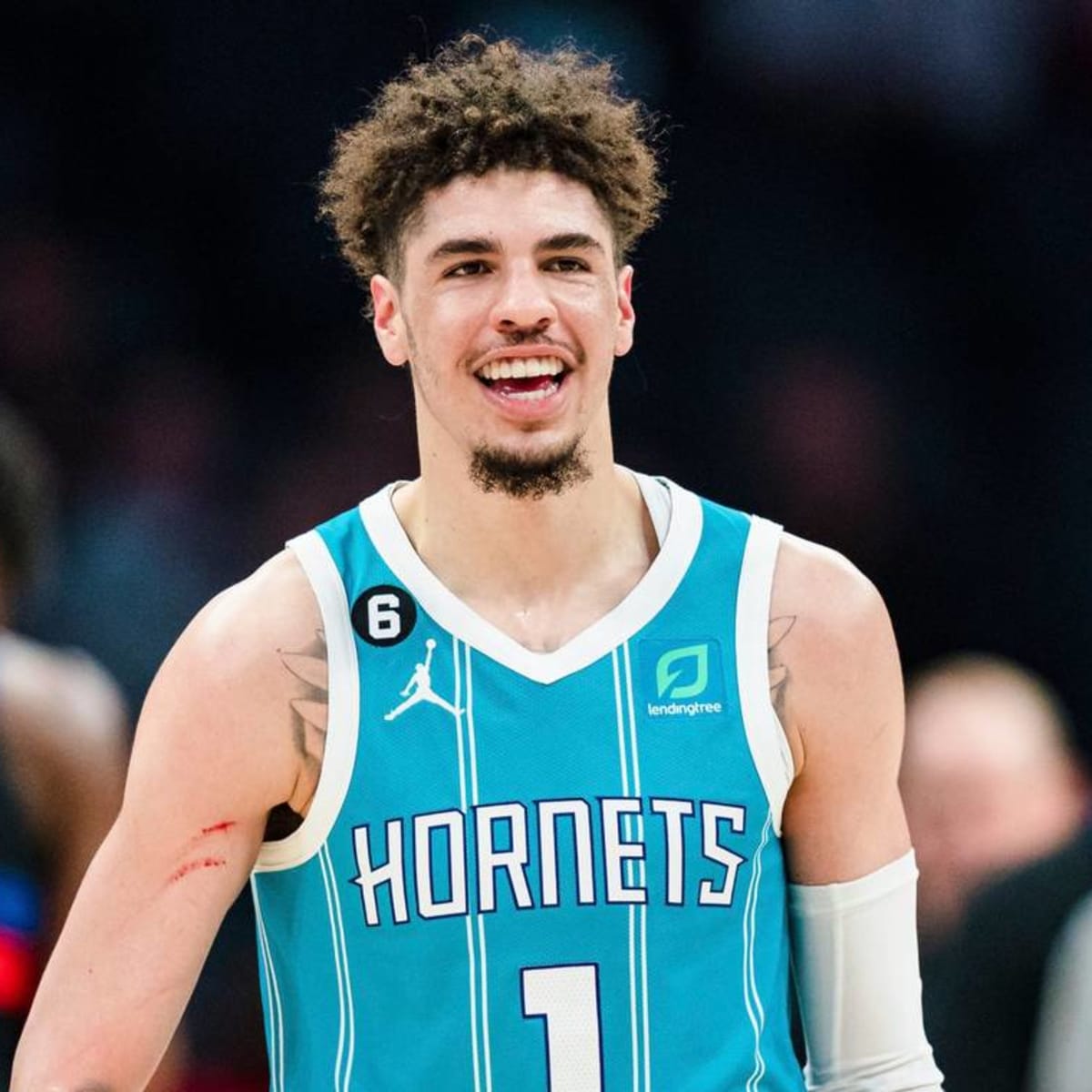
To remind you: I have placed each player into a group that corresponds with the scenario in which he is most likely to be traded. The groups are not ranked by the likelihood of each scenario playing out. However, within each group, the players listed at the top are more likely to be traded, and the players listed at the bottom are less likely to move. (All salary details include this season.)
Untouchable
Scottie Barnes (two years, $18.1 million remaining; restricted free agent in 2025)
The Raptors are not trading Barnes, and I expect them to sign him to his maximum-value contract extension in the offseason. Next.
It would be aggressively weird
RJ Barrett (four years, $107 million remaining, unrestricted free agent in 2027)
Gradey Dick (four years, $21.4 million remaining; club options for 2025-26 and 2026-27; restricted free agent in 2027)
Immanuel Quickley (one year, $4.1 million remaining; RFA in 2024)
Jordan Nwora (one year, $3-million remaining; UFA in 2024)
Kira Lewis Jr. (one year, 5.7 million remaining; RFA in 2024)
The Raptors just got Barrett and Quickley, who are starting-calibre players and fit on Barnes’ timeline, at the end of December. They also cannot be sent from the Raptors to another team with any other players, just as Bruce Brown cannot, as recently traded players.
They are not in the above group only because there is a clear line of demarcation between what Barnes means to the Raptors moving forward and what these guys mean. Realistically, they are not being traded, but a bizarre world exists in which they could theoretically be moved.
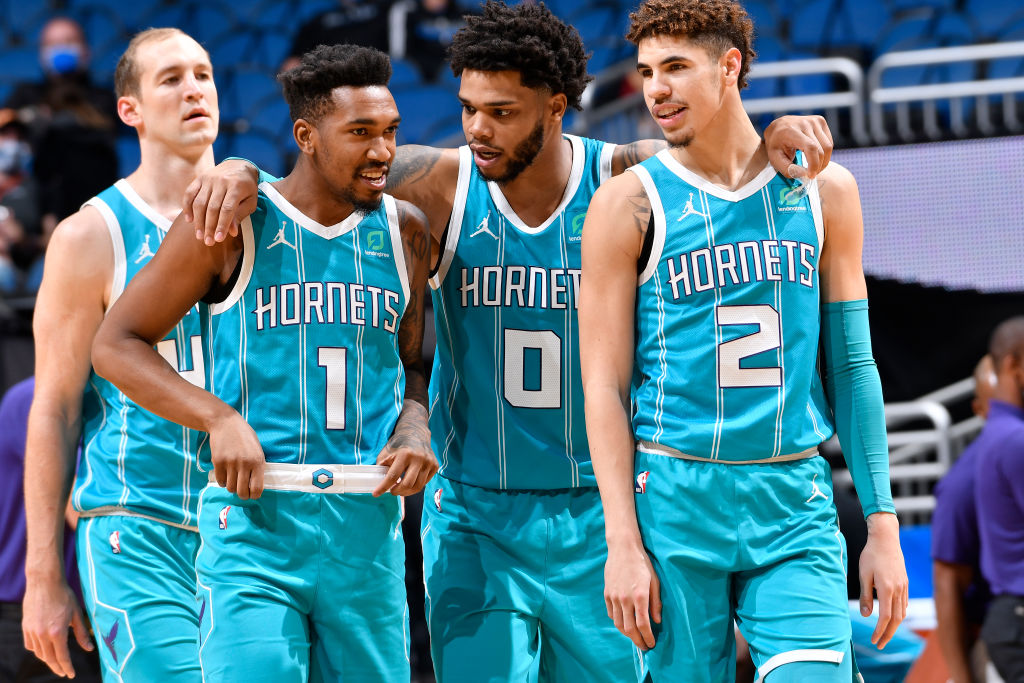
Nwora and Lewis are only here because they too are subject to the same traded-player rule. They are even less likely to be traded than the other two because they do not have notable trade value on their own. While I have listed Lewis as being a restricted free agent after the season, that only happens if the Raptors extend a qualifying offer of $7.9 million. As of now, it is more likely they don’t do that, making Lewis an unrestricted free agent in July.
Financially, Dick is in a category of his own in this group, because he can be combined with other outgoing salaries in a trade. Despite his rough start to the season, the Raptors are not about to trade a lottery pick from 2023 in this phase of their team-building, hence the “aggressively weird” thing.
Selling with hopes of a return
Bruce Brown (two years, $45 million remaining; club option for 2024-25; UFA in 2025)
Gary Trent Jr. (one year, $18.6 million remaining; UFA in 2024)
Dennis Schröder (two years, $25.4 million remaining; UFA in 2025)
Chris Boucher (two years, $22.6 million remaining; UFA in 2025)
Jakob Poeltl (four years, $78 million remaining; player option for 2026-27; UFA in 2027)
I saw Poeltl mentioned as “untouchable” by another outlet, and that feels way off to me. Is he likely to be traded? No. He has value to a young Raptors team as a defensive fulcrum, and there isn’t an obvious centre market out there, especially for a player with so much guaranteed money left on his deal. The Raptors also have no depth up front. Untouchable, though? As if the Raptors would shut down any conversation about him? That is silly.
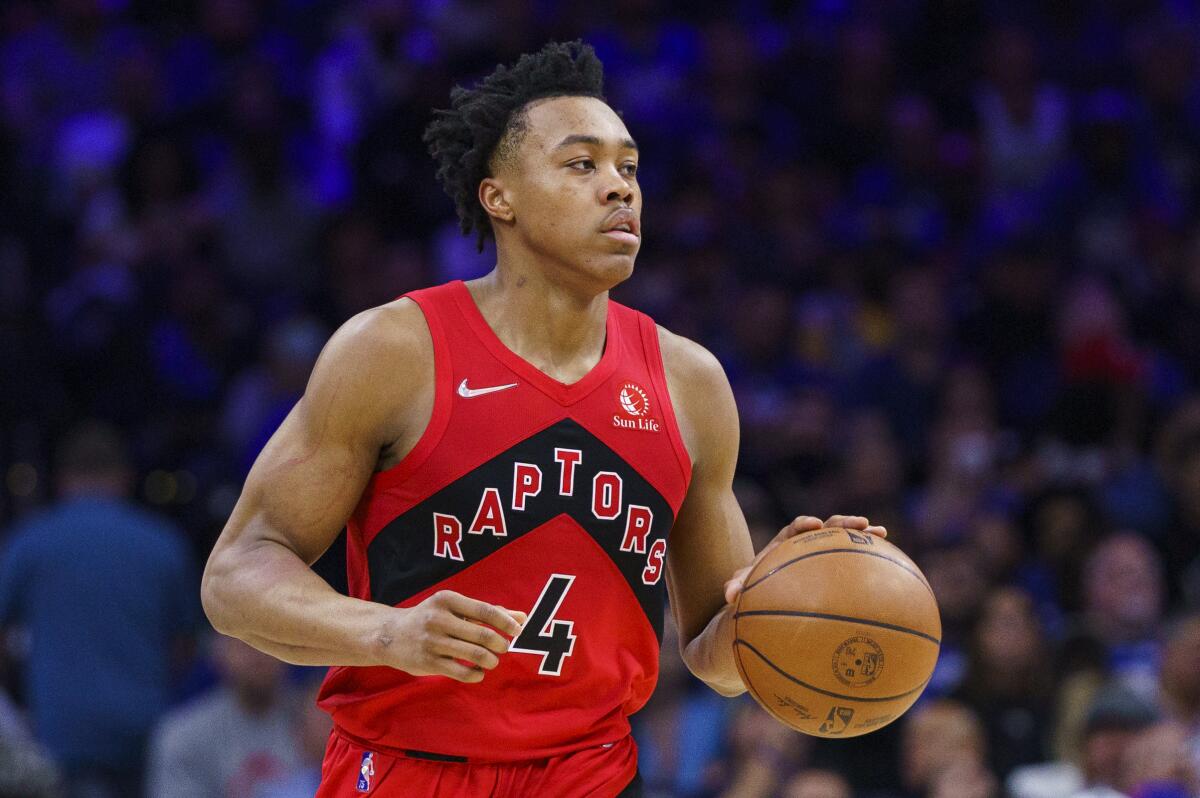
Despite being subject to the recently-traded-player rule, Brown, and the flexibility of his contract, is the most likely player in this group to be traded. The reasons he is valuable to the Raptors are the same reasons he could be valuable to a contending team, especially if that team is closer to being impacted by the punitive aspects of the league’s new CBA than the Raptors. Brown is a rotation-calibre player who could help a team in a playoff run and then provide salary relief afterward. I’d be mildly surprised if he isn’t traded before the deadline. Aside from Poeltl, Brown is the only player who might bring back a real first-round pick or player with some promise in a trade.
Where to slot Schröder and Trent was the hardest decision in this whole exercise. Schröder is probably the more valuable player with a defined role and proven utility to a high-level team and would probably bring back a little more in a trade. When in doubt, though, follow the money. Trent coming with an expiring contract makes him slightly more likely to move — I think.
Ultimately, I don’t think the Raptors would be able to get a meaningful pick or player for Boucher, and I don’t think they should be in the business of giving up draft picks to get off a contract, as Detroit did with Marvin Bagley III. (My colleagues John Hollinger and James Edwards III had a really interesting conversation about what the Pistons could do with their cap space, and it could end up being relevant to the Raptors.)
Matching salary
Thaddeus Young (one year, $8 million remaining; UFA in 2024)
Otto Porter Jr. (one year, $6.3 million remaining; UFA in 2024)
Garrett Temple (one year, $2 million; UFA in 2024)
Jalen McDaniels (two years, $9.2 million remaining; UFA in 2025)
At one point, I thought the Raptors might be able to get something for Porter. Alas, I think he has been too injured this season for a team to give up an asset for him. I’d wager he is heading for a buyout after the trade deadline.
All of these players could be involved in a bigger trade framework. With Siakam and Anunoby no longer in Toronto, the possibility of a bigger framework does not seem terribly likely.
Other assets
Second-round picks (all of own starting in 2026; Pistons’ in 2024)

$10.17 million traded player exception (generated from Siakam trade, eligible to be used until Jan. 17, 2025)
Other first-round picks (Pacers’ 2024; least favourable of Rockets’/Jazz’s/Clippers’/Thunder’s in 2024, Pacers’ 2026 — protected top-four through 2027, becomes two second-round picks if not conveyed by 2027)
Their own first-round picks (cannot trade one before 2028 unless they renegotiate protections on the pick they owe the Spurs)
Markquis Nowell, Jontay Porter, Javon Freeman-Liberty (two-way players)
The only reason the three two-way players are at the bottom here is because they don’t count for any outgoing salary, which makes them only more likely to complicate a big trade, which the Raptors aren’t likely to make in the first place.
As mentioned when I wrote about Boucher, I don’t see the Raptors moving first-round picks this year. I’m more certain of that than I was last year at this time, when I still doubted they would do that, and they ultimately did in the Poeltl trade.
The traded-player exception is interesting, meaning the Raptors can absorb that much salary outside of the normal rules of salary matching. That exception cannot be combined with any other players or exceptions and is probably more likely to be used in the offseason, when the Raptors’ long-term cap sheet is clearer. Not impossible, but not likely to be used now.
As for second-round picks? Well, they are forever greasing wheels, aren’t they?
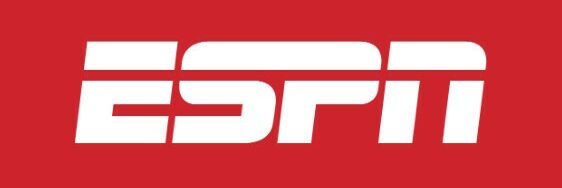
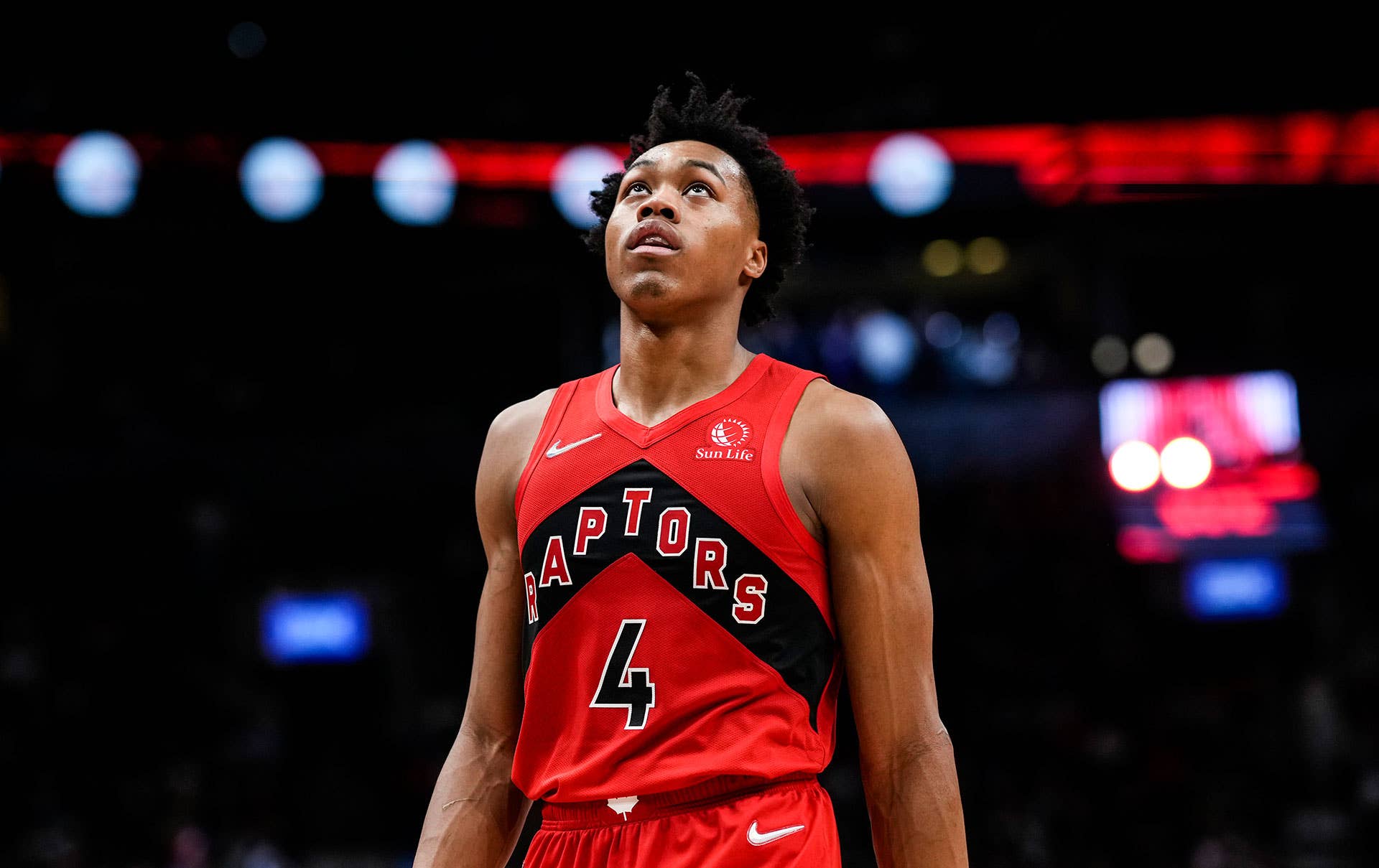
Leave a Reply